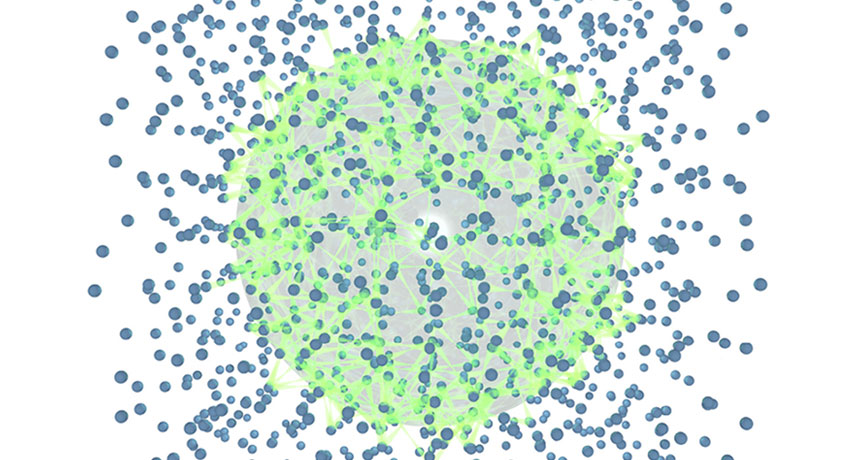One of the strangest laws of physics has been demonstrated by scientists this week as they show the forces at play in superfluid helium are the same as those controlling the behavior of a black hole’s event horizon. This extraordinary liquid is one that is able to flow carelessly without friction. Having been observed in both vast black holes and atomic scale helium, researchers believe it could be the key to solving one of the deepest problems in physics today – the quantum theory of gravity.
When we talk about black holes, we also have to consider their relationship to entropy. Entropy is the disorder of the Universe and how something progresses from a state of order to disorder. A simple example if entropy can be seen in that of an egg. While an untouched egg will have low entropy, a scrambled egg will have high entropy. Because of entropy time only ever moves forward. Stephen Hawking and Jacob Bekenstein discovered back in the 1970’s that when matter gets too close to the event horizon of a black hole and falls in, the entropy (in this case the information that’s added to the black hole) will only increase as fast as the black hole’s surface area increases.
Del Maestro is one of the team and physicists from the University of Vermont, and he said, “We have found the same type of law is obeyed for quantum information in superfluid helium.” To get to this conclusion the team had first to create a simulation of superfluid helium-4, which is helium that’s temperature sits just 2 degrees above absolute zero. This is when the helium begins to transform from a gas into a fluid but with no viscosity, meaning if you poured some into a cup and gave it a spin, the helium would continue to spin forever.
The individual atoms that made up superfluid helium became quantum entangled with one another, and when Maestro and his team uploaded their simulation onto two supercomputers, they found they were able to run separate simulations of 64 helium atoms as they began to transform into a superfluid. “Like a holograph, it seems that a three-dimensional volume of space is entirely encoded on its two-dimensional surface. Just like a black hole,” the team explained.
Del Maestro said in a press statement, “Entanglement is a non-classical information shared between parts of a quantum state. [It’s] the characteristic trait of quantum mechanics that is most foreign to our classical reality. Our classical theory of gravity relies on knowing exactly the shape or geometry of space-time.”
More News to Read











